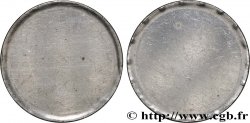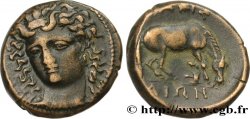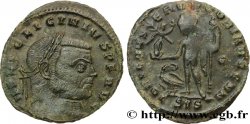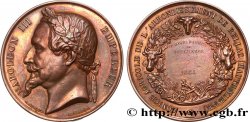v23_2112 - EUROPEAN CENTRAL BANK Flan vierge de 2 euro n.d.
MONNAIES 23 (2004)
Prezzo di inizio : 200.00 €
Valutazione : 500.00 €
lotto invenduto
Prezzo di inizio : 200.00 €
Valutazione : 500.00 €
lotto invenduto
Tipo : Flan vierge de 2 euro
Data: n.d.
Metallo : cupronichel
Diametro : 25,75 mm
Asse di coniazione : 12 h.
Peso : 8,46 g.
Orlo : **2 répété six fois insculpé à l’endroit puis à l’envers
Grado di rarità : R2
Commenti sullo stato di conservazione:
Exemplaire superbe même si on note de petites marques de frottement et de manipulation sur les champs
N° nelle opere di riferimento :
Diritto
Rovescio
Commento
Exemplaire illustré dans EURO 2 en page 89 avec le commentaire suivant : “D’origine belge, cette deux euro attend encore la frappe. Elle possède en revanche une tranche bien étoilée qui indique clairement sa nationalité et prouve, s’il en était besoin, que les tranches sont insculpées avant la frappe”. Nous notons tout de même que la tranche n’est pas striée et on y voit seulement les **2. Le flan ne peut par contre être que celui d’une pièce de deux euros. Selon certaines allégations, ces flans auraient une origine belge et auraient été “subtilisés” en cours de fabrication dans un atelier belge.
example illustrated in EURO 2 on page 89 with the following comment: “Of Belgian origin, this two euro is still awaiting minting. However, it has a well-starred edge which clearly indicates its nationality and proves, if proof were needed, that the edges are incised before minting.” We note, however, that the edge is not striated and only the **2 can be seen. The flan, however, can only be that of a two-euro coin. According to some allegations, these flans are of Belgian origin and were “stolen” during manufacture in a Belgian workshop.
example illustrated in EURO 2 on page 89 with the following comment: “Of Belgian origin, this two euro is still awaiting minting. However, it has a well-starred edge which clearly indicates its nationality and proves, if proof were needed, that the edges are incised before minting.” We note, however, that the edge is not striated and only the **2 can be seen. The flan, however, can only be that of a two-euro coin. According to some allegations, these flans are of Belgian origin and were “stolen” during manufacture in a Belgian workshop.







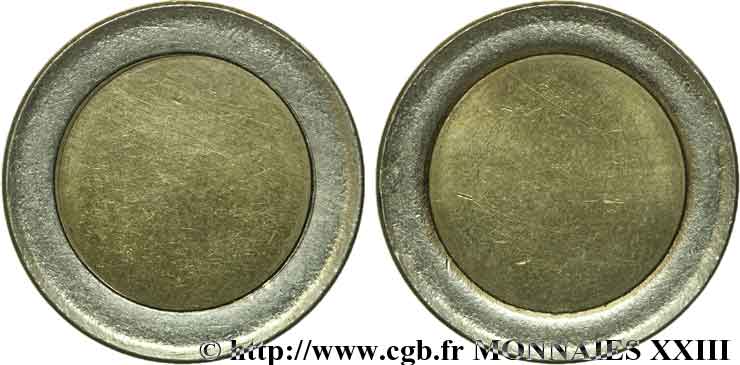
 Segnalare un errore
Segnalare un errore Stampate la pagina
Stampate la pagina Condividi mia selezione
Condividi mia selezione Fai una domanda
Fai una domanda Consegnare / vendere
Consegnare / vendere
 Descrittivo
Descrittivo


